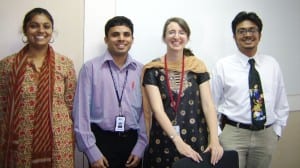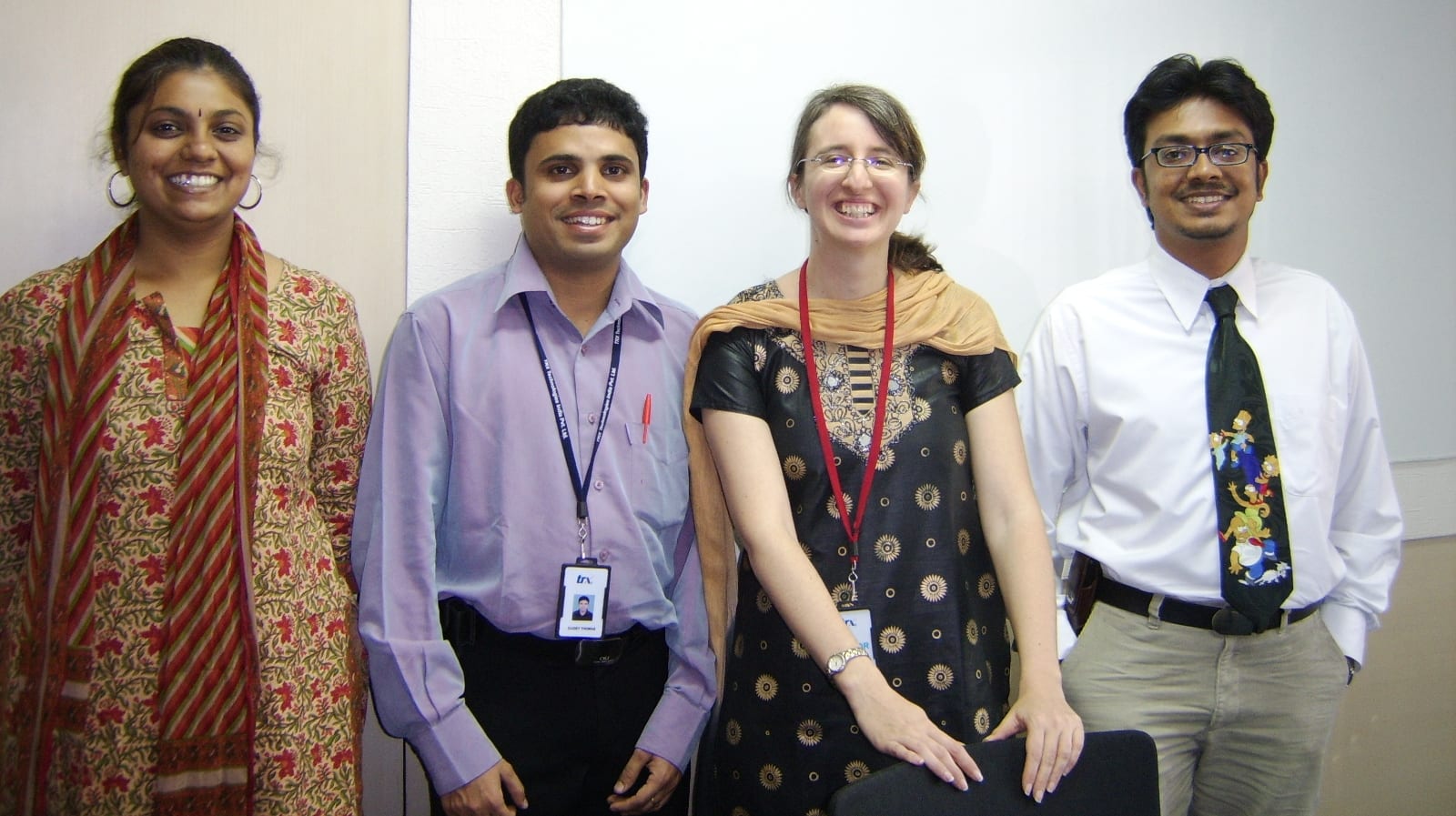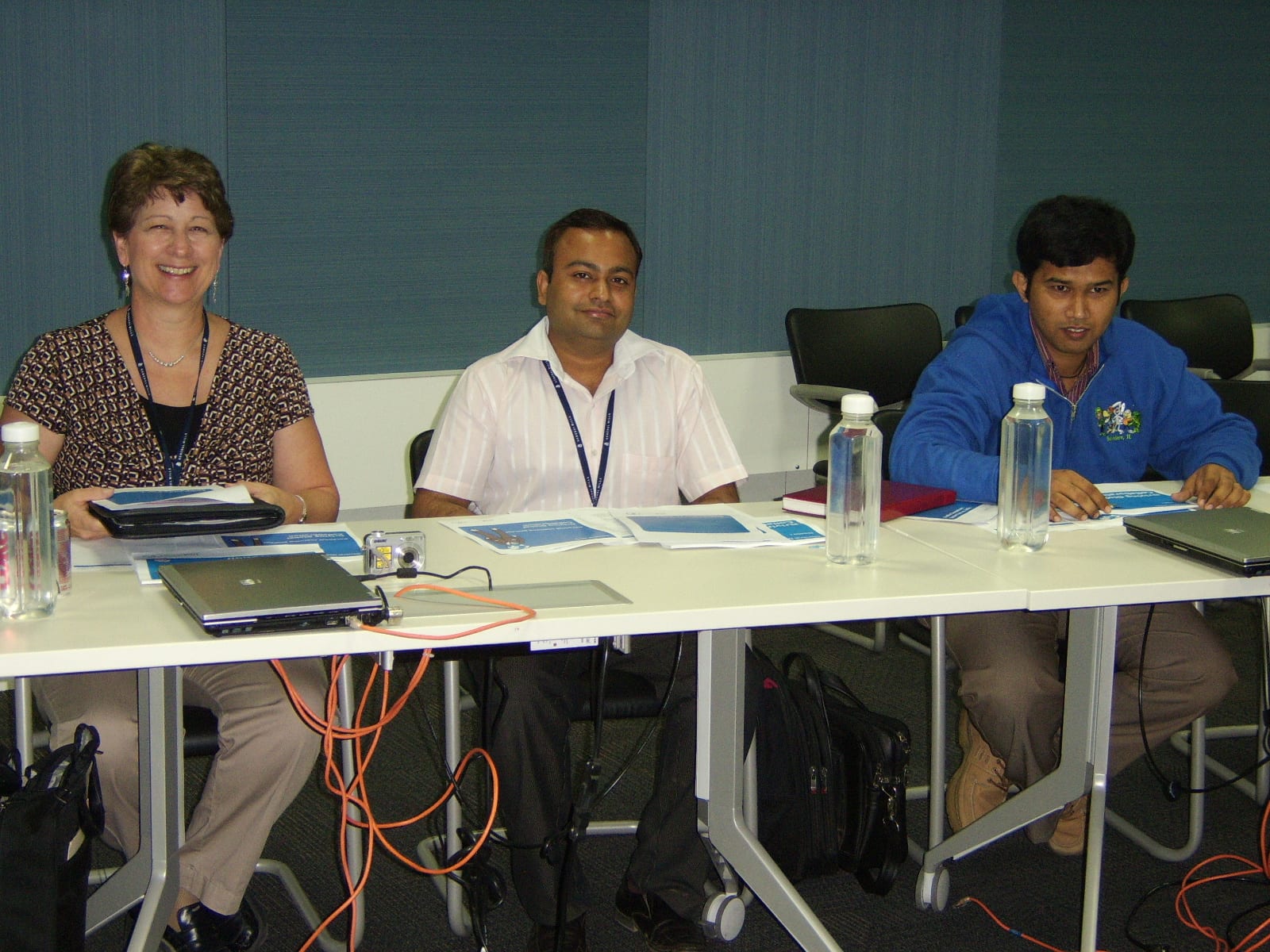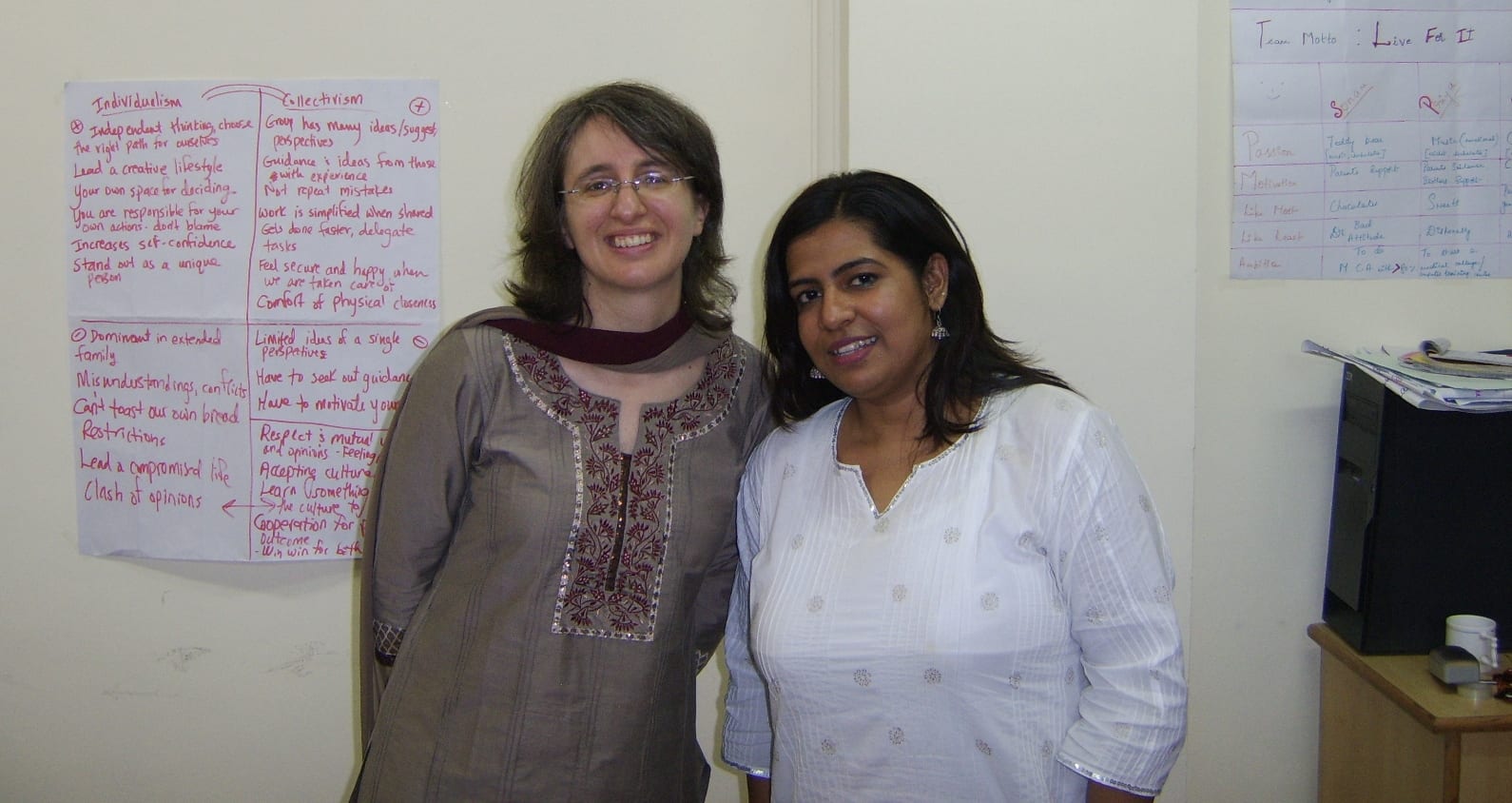 I recently had the privilege of speaking with Stephene Netto, Senior Implementation Manager at Ceridian, a global human capital management technology company serving more than 50 countries. Stephene has developed several successful relationships with offshore partners in India, so I thought I would ask her to reveal some of her best practices! We thank Stephene and Ceridian for their contribution to this month’s Highroad blog.
I recently had the privilege of speaking with Stephene Netto, Senior Implementation Manager at Ceridian, a global human capital management technology company serving more than 50 countries. Stephene has developed several successful relationships with offshore partners in India, so I thought I would ask her to reveal some of her best practices! We thank Stephene and Ceridian for their contribution to this month’s Highroad blog.
Vicki Hudson: Stephene, tell me about your background and your current role at Ceridian.
Stephene Netto: I work as a Senior Implementation Manager at Ceridian, a global human capital management technology company. I manage partner relationships, with my current role focusing primarily on our largest Partner Program’s onshore (North America) and offshore (India) operations. My life experience has allowed me the best of both worlds, having lived in India until the age of 15 years old and then moving over to the United States. Having been fully immersed in both cultures and environments has given me a unique prospective into managing onshore/offshore relationships.
Vicki: What are the biggest challenges you faced at the start of your relationships with partners in India? How did you overcome some of those challenges?
Stephene: The biggest challenges faced were finding the balance between the business norms, as well as the cultural differences between India and North America. For example, it is a delicate balance of sensitivities in meetings. The resources in India tend to be more social, inquiring about families and personal updates to build relationships. North American resources tend to be more task-focused during meetings. An India resource may find this impolite, whereas a North American may see their counterpart’s interaction as disruptive to the tasks at hand. Another example is completion of items and timelines. North American team members provide a specific time and the expectation is that deliverables are provided by then. With Indian resources, saying something like “Give me 5 minutes, I will get this back to you”, is really saying, “I need some more time, not exactly 5 minutes.” These communication differences are important to understand, especially with implementation; without this knowledge, disconnects can occur. Understanding and respecting these differences on both ends, while also keeping up with the tasks at hand have been critical for the success of the program. Additionally, setting Standard Operating Procedures, communication protocols, coverage with the different time zones, as well as clear expectations for timelines on deliverables have allowed our teams to avoid disconnects and rework.
Vicki: How does your bi-cultural (Indian and American) perspective help you in creating successful off-shore partnerships?
Stephene:Having been fortunate to experience the inner workings of both cultures, one of the biggest things that has helped me establish a successful relationship with the partnership is working with the team to break the hierarchical business norms that are heavily prevalent in the Indian workplace. Developing working relationships with the team and a comfort level so they may bring up concerns, share opportunities or areas for improvement has been a key area of focus. Being able to build that relationship of trust with the resources, with the understanding that this feedback is critical for program success and continuous development has been successful and effective for this initiative.
Vicki: What is the biggest cultural difference you have observed between Indian and North American team members at Ceridian?
Stephene: The biggest cultural difference I have seen between India and the North American teams is the communication styles. North American resources tend to be more direct with their communication and clear on whether a particular goal or deliverable can be met. Indian teams do not say “no”, even if they know that it is an unachievable goal or they cannot accommodate a particular request. The India team is very eager to show that they want to and can meet goals or deadlines, and tend to see push back as negative or that you shouldn’t challenge the leadership. With North American teams, this is a more socially accepted norm to push back and challenge the status quo to ensure transparency.
Vicki: What best practices would you offer to our readers in established offshore teams with India who want to optimize those relationships for even better results?
Stephene: The time investment up front in getting to understand and know your team dynamics with offshore staff is critical for success. While most of the responses I have shared are cultural norms, it is important to still consider the uniqueness of the individuals, their goals and aspirations, and their motivation. Where many programs start to see disconnects is when they don’t continue the active ongoing education and development of the program for further integration. Visits to the offshore team by their North American counterparts and vice versa are small but important investments for the learning and development opportunities that resources take back with them and share with their teams. Ceridian has done a wonderful job of introducing a Cultural Sensitivity Program and has continued to foster ongoing awareness and education between Ceridian employees and Partner offshore resources. Investing in programs such as these set a strong structure for effectiveness of the initiatives within the organization.
Do you have a best practice to add? We’d love to hear from you!





